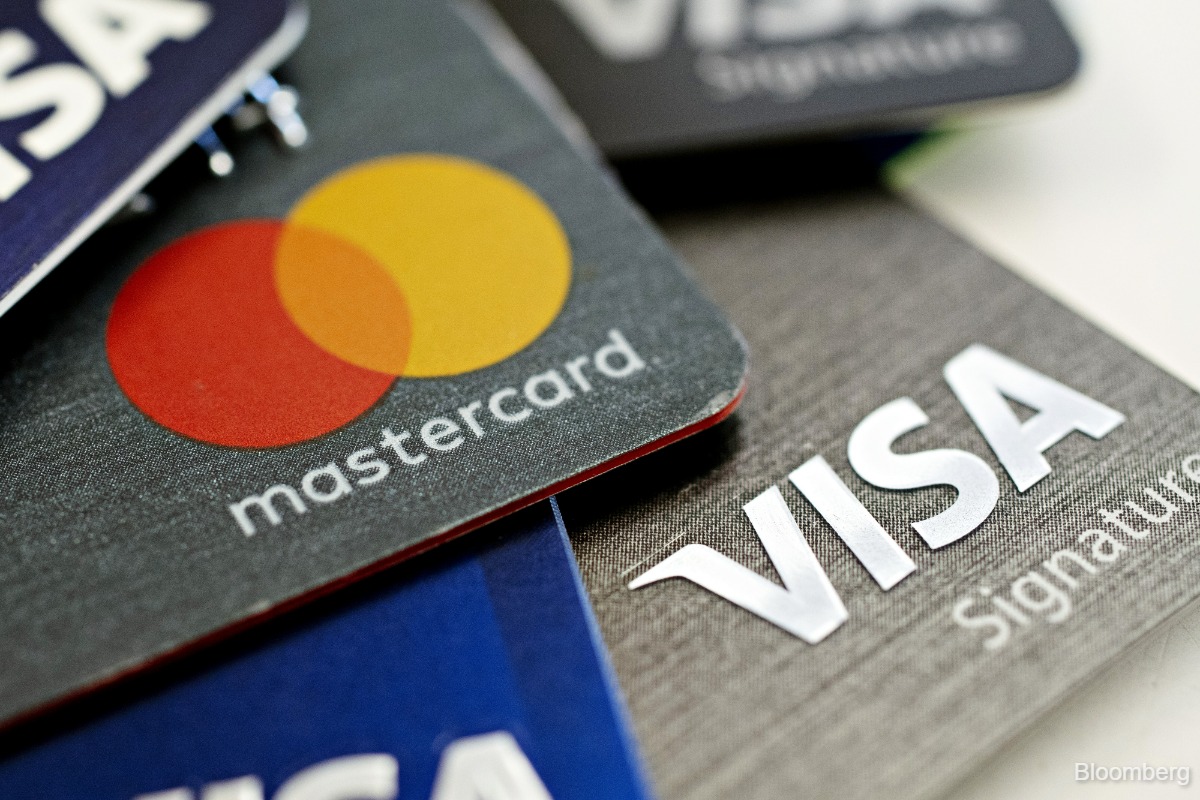Visa and Mastercard Compete for $253B Crypto Market Opportunity

The Rise of Stablecoins: A New Era in Digital Payments
A Shift in the Digital Payment Landscape
A significant transformation is underway in the realm of digital payments, with traditional financial giants now facing challenges from emerging tech companies and cryptocurrency startups.
- A Shift in the Digital Payment Landscape
- Stablecoins: The Game Changer
- Traditional Financial Institutions Respond
- The Co-option of Stablecoins
- Stablecoins: A New Financial Tool
- Corporate Adaptation to New Technologies
- Challenges Ahead for Stablecoins
- Innovations in E-Commerce
- The Future of Consumer Payment Preferences
- Embracing New Payment Technologies
- A Gradual Transition
- Conclusion: The Future of Payments
Stablecoins: The Game Changer
These new digital currencies, known as stablecoins, are gaining traction as they offer merchants compelling advantages: reduced transaction fees, quicker processing times, and the ability to circumvent established payment networks like Visa and Mastercard.
In the previous year, American businesses incurred approximately $187 billion in transaction fees, predominantly through the services of Visa and Mastercard. Stablecoins present a potential solution to this costly issue, aiming to either significantly lower these fees or eliminate them entirely.
Traditional Financial Institutions Respond
Christian Catalini, the founder of the MIT Cryptoeconomics Lab, emphasizes that stablecoins could pose a genuine threat to traditional financial institutions. However, credit card networks are not remaining passive; they are actively seeking partnerships with various stablecoin providers to maintain their central role in the payment ecosystem.
In response to this competitive pressure, Visa and Mastercard are rebranding themselves as essential players in the evolving digital transaction landscape, rather than mere fee collectors. With impending federal regulations on stablecoin issuers, these companies are also introducing crypto-linked cards and developing services for banks exploring digital currency options.
The Co-option of Stablecoins
Visa and Mastercard have a history of neutralizing competition by integrating new technologies into their existing frameworks, often in ways that preserve their pricing structures. As the stablecoin market expands, currently valued at $253 billion and projected to reach $2 trillion, the major payment networks may attempt to absorb this innovation into their systems.
Stablecoins: A New Financial Tool
The emergence of stablecoins marks a notable departure from the crypto sector’s previous associations with speculation and gambling. They offer a practical solution that could enhance the efficiency of financial systems, providing the crypto community with a meaningful purpose.
Corporate Adaptation to New Technologies
This momentum is influencing corporate strategies, with major retailers like Walmart exploring stablecoin initiatives. Recently, Fiserv, a bank technology provider, launched its own fiat-backed token to help smaller financial institutions keep pace with advancements in payment technology.
Challenges Ahead for Stablecoins
Despite their potential, replacing established card networks will be a formidable challenge, particularly in the U.S., where consumers are accustomed to benefits like rewards programs, fraud protection, and credit access—features that stablecoins currently do not replicate. Additionally, stablecoin balances may lack FDIC insurance, and consumer protections could vary significantly from traditional cards. Merchants may also face new compliance, tax, and operational challenges with this technology.
Innovations in E-Commerce
Nevertheless, advocates for digital currencies are moving forward. Shopify has recently teamed up with Stripe and Coinbase to enable merchants to accept USDC, a stablecoin backed by the U.S. dollar. This transaction can occur without involving a card network, as it is processed entirely on a blockchain, allowing merchants to receive USDC directly into their crypto wallets or convert it instantly into local currency.
Shopify is incentivizing customers by offering a 1% cashback on purchases made with USDC, with rewards also issued in the same stablecoin. Coinbase has introduced its own payment platform to facilitate stablecoin acceptance across various e-commerce platforms.
The Future of Consumer Payment Preferences
Changing consumer payment habits is a complex task, but experts like Richard Crone, CEO of Crone Consulting, believe that a significant shift in preferences is underway. This pressure is compelling Visa and Mastercard, which dominate over 85% of U.S. card spending, to adopt a more proactive approach. They are highlighting their extensive merchant networks, fraud protection measures, consumer privacy, and brand reliability.
Embracing New Payment Technologies
Visa has begun allowing financial institutions to issue fiat-backed digital tokens and is testing the capability for clients to settle transactions using stablecoins. Meanwhile, Mastercard has joined Paxos’s Global Dollar Network, enabling institutions on its platform to mint and redeem a stablecoin called USDG. This network offers users detailed control over payment routing, allowing for flexibility based on transaction size and merchant type.
A Gradual Transition
Jorn Lambert, Mastercard’s chief product officer, cautions against assuming that stablecoins will swiftly replace existing payment methods. He believes the focus should be on exploring new use cases and opportunities, particularly in areas like remittances and business-to-business transactions.
Visa’s Forestell notes that past disruptions in payment technology, such as mobile wallets and buy-now-pay-later services, have often been met with skepticism, yet adaptation has prevailed.
Conclusion: The Future of Payments
As the landscape of digital payments continues to evolve, the integration of stablecoins may offer a pathway to a more efficient financial system. However, the journey toward widespread adoption will require overcoming significant hurdles and adapting to consumer preferences.







